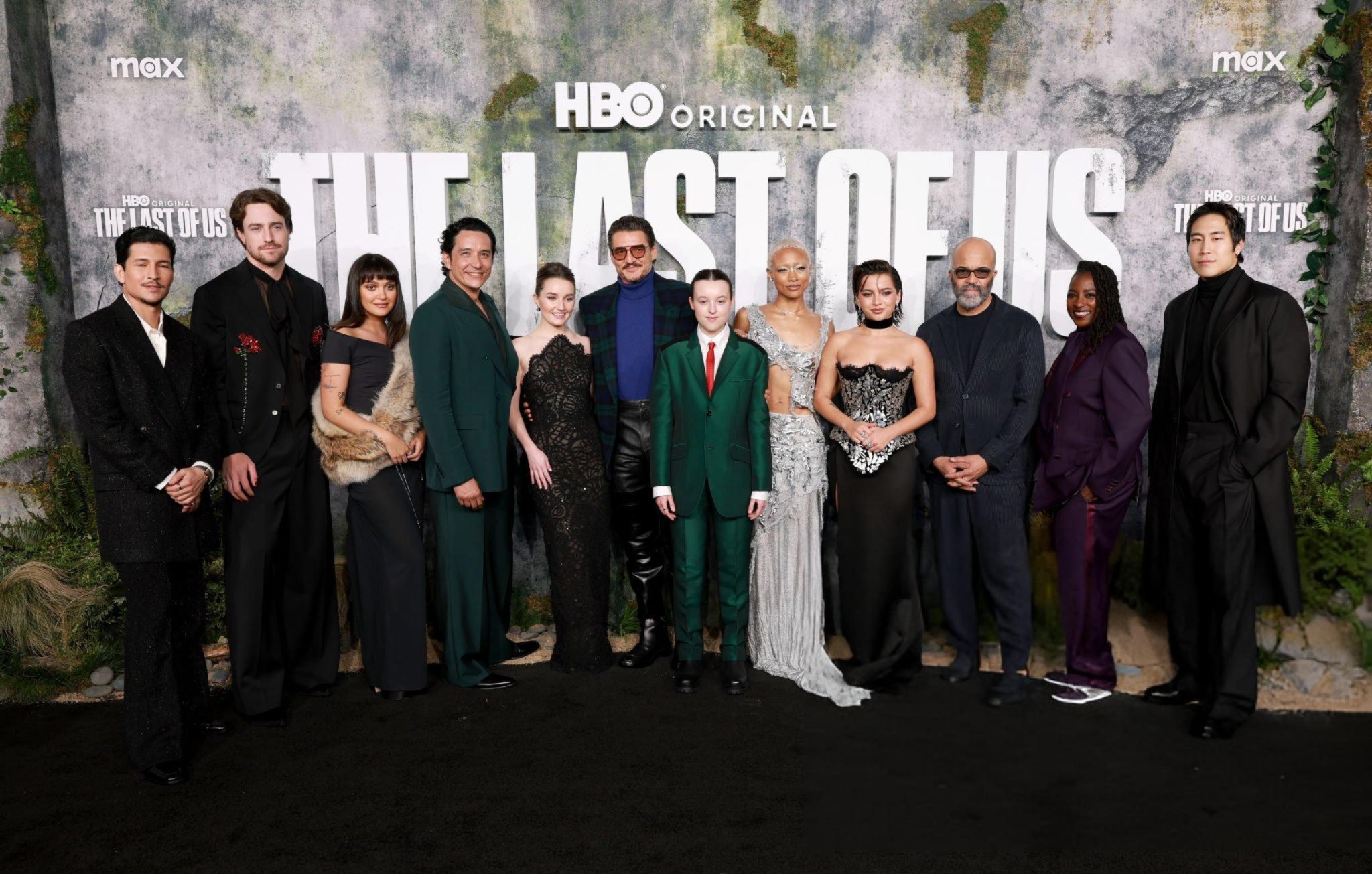‘The last of Us’ latest episode will take years to truly make sense
Wasn’t last night’s The Last of Us simply devastating? That’s the type of question HBO’s post-apocalyptic hit series seems determined to provoke each week. The latest instalment – the fifth in its unrelentingly bleak second season – plunged viewers deeper into its world of darkness and revenge, as Ellie (Bella Ramsey) furthers her brutal quest to track down Abby (Kaitlyn Dever). This week, the journey took her to a crumbling Seattle hospital, where she captures and tortures Abby’s acquaintance, Nora (Tati Gabrielle).
Devastating, certainly. Yet many viewers were likely left with a different question: “Who?”
This is no slight against Gabrielle, whose performance was as committed as could be in the limited time she’s been afforded so far. The problem lies elsewhere. Episode five places enormous emotional weight on Nora, inviting viewers to sympathise with her terror and humanity as she faces Ellie’s wrath. Taken in isolation, it feels like an odd narrative detour. Nora is, at this point, a stranger to the audience, and the show’s abrupt shift in focus makes it difficult to muster much investment in her fate.
However, those familiar with the franchise’s roots will recognise what the show is attempting. The Last of Us Part II, the acclaimed 2020 video game on which the series is based, employs a two-act structure. The first act follows Ellie’s increasingly violent campaign over three days in Seattle, while the second rewinds to retell those same days from Abby’s perspective. This structural gambit is a masterclass in shifting sympathies. Characters like Nora, introduced early as obstacles or victims, are later re-examined, their complexities and motivations laid bare. Nora, in the game, is more than a name on a kill list – she’s part of a wider narrative web that only truly takes shape when seen from Abby’s side.
This storytelling device worked brilliantly in the game, which could be consumed in its entirety over a matter of days or weeks. The player’s emotional journey was uninterrupted, allowing the consequences of the first half to resonate fully once the perspective flipped. The TV adaptation, however, faces a rather more awkward challenge.
Given the realities of contemporary television production, and the immense scope and scale of The Last of Us as a blockbuster series, viewers are unlikely to see Abby’s side of the story until season three – potentially two years away. With only two episodes remaining this season (one of which is reportedly a standalone side-story), it is all but certain that season two will end at the conclusion of Ellie’s arc, with Abby’s segment reserved for the next chapter.
This presents a unique dilemma for creators Craig Mazin and Neil Druckmann. Unlike the game, which delivered its narrative in a single, cohesive package, the series’ sprawling production timeline means audiences will experience a significant gap between acts. Two years passed between seasons one and two; it is reasonable to expect a similar wait for the third. In an age where long breaks between seasons have become the norm – especially for expensive, effects-heavy dramas – this is perhaps unavoidable. Nevertheless, it leaves season two feeling like a peculiar halfway house: a set-up without its inevitable pay-off, the opening notes of a symphony that will take years to resolve.
There is, of course, an argument to be made for such long-sightedness in storytelling. It’s rare for television to gamble on structures that require such patience from its audience. But for those of us living in the present, the experience feels frustratingly incomplete. The ambition is commendable, but the fragmented delivery may well blunt the emotional impact that The Last of Us is so determined to achieve.
By 2027, the full picture may finally emerge. Until then, viewers are left in limbo, waiting to discover why the events of last night’s episode will, in hindsight, cut even deeper.







